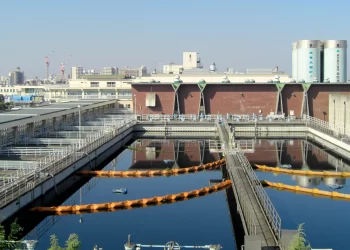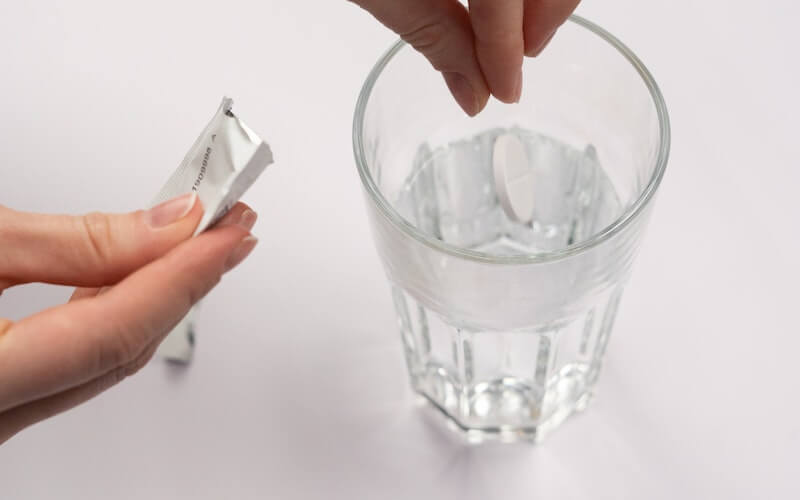Water is the cornerstone of life. It’s crucial not only for survival but for maintaining health, hygiene, and the overall quality of life. However, despite its importance, water purification is a process often misunderstood and mishandled. This article delves into the common mistakes made during water purification and the necessary precautions to ensure that the water you consume is safe and clean. Whether you rely on municipal water or a private well, understanding these pitfalls can mean the difference between healthy living and risking exposure to harmful contaminants.
Common Mistakes to Avoid in Water Purification
One of the most critical steps in ensuring clean water is understanding and implementing the right purification processes. Unfortunately, many individuals make the mistake of skipping routine maintenance, assuming once installed, water purification systems can be left unattended indefinitely. Another frequent oversight is disregarding the signs that filters need replacement, like changes in water taste or reduced flow rate, which can compromise water quality.
Read: Expert Tips: Maintaining Your Industrial Reverse Osmosis System for Maximum Efficiency!
Recognizing Impure Water Signs
It is imperative to recognize the warning signs that indicate water impurity. If your water appears cloudy or has visible particles, it could signal the presence of sediments or microorganisms. Similarly, any unusual odors or tastes are clear indicators that your water may be contaminated and requires immediate attention.
Selecting the Right Purification Method
Choosing the appropriate purification method is essential. Boiling water, for instance, is effective against pathogens but does nothing to remove chemicals or heavy metals. On the other hand, while UV purification is excellent for eradicating bacteria and viruses, it cannot remove particulate matter or improve the water’s taste and smell.
Understanding Water Testing Essentials
Regular testing of your water supply is non-negotiable for detecting contaminants. Unfortunately, some homeowners either skip this step or misinterpret the results, leading to a false sense of security about their water’s safety. Knowing how to read test reports correctly and taking action accordingly is a vital component of water purification.
The Role of Water Pressure in Purification
Water pressure plays a crucial role in the efficacy of purification systems, particularly those that rely on filtration. Too much pressure can damage filters, while too little can result in insufficient water treatment. It’s important to adjust the pressure correctly for your system to work effectively.
The Spectrum of Filtration Media
The choice of filtration media can greatly affect the quality of your purified water. Choosing the wrong type can lead to inadequate removal of contaminants. Carbon filters, for instance, are critical for removing chemicals and odors, yet they are often undervalued or misunderstood.
Read: Reverse Osmosis in the Food Industry: Enhancing Product Quality and Safety
Chemicals to Avoid in Water Treatment
While chemicals are used to disinfect water, their overuse can lead to health hazards. For example, excessive chlorine can lead to harmful by-products. Similarly, misuse of water softeners can introduce unwanted sodium into your water supply.
Storage and Handling of Purified Water
After purification, the way you store your water can also lead to contamination. Using unclean containers or storing water for too long can negate all your prior purification efforts. Regular cleaning of storage tanks and containers is crucial to maintain water purity.
Maintenance and Troubleshooting
Regular maintenance of your water purification system is essential for its continued efficacy. Many people forget to schedule maintenance checks or ignore signs that their system is failing, like variations in water quality or flow rate. Knowing how to troubleshoot common issues can save you from drinking contaminated water.
Professional vs. DIY Water Purification
While DIY water purification can be tempting, it comes with risks. Incorrect installation or the use of improper materials can result in ineffective purification or even additional contamination. Professional services, while initially more costly, offer expertise and peace of mind that the job is done right.
Environmental Considerations
Water purification has an environmental impact, especially concerning the disposal of used filters and wastewater. Opting for eco-friendly purification methods and being conscious of the waste produced can help minimize the environmental footprint.
Advances in Water Purification Technology
The water purification industry is continuously evolving, with new technologies making the process more effective and user-friendly. Staying updated on these advances can lead to better choices for your home water purification needs.
Read: Solving The Middle East Water Scarcity Problem
Conclusion: Embracing a Future of Pure Water
In conclusion, avoiding common mistakes in water purification is about being informed, attentive, and proactive. Regular maintenance, choosing the right purification method, understanding the limitations of your system, and addressing issues promptly can all contribute to the quality of your water. Embracing innovations in water purification technology can also play a significant role in how we approach this essential task in the future. By taking these precautions, we can all look forward to a future where access to clean, safe water is a given, not a luxury.











